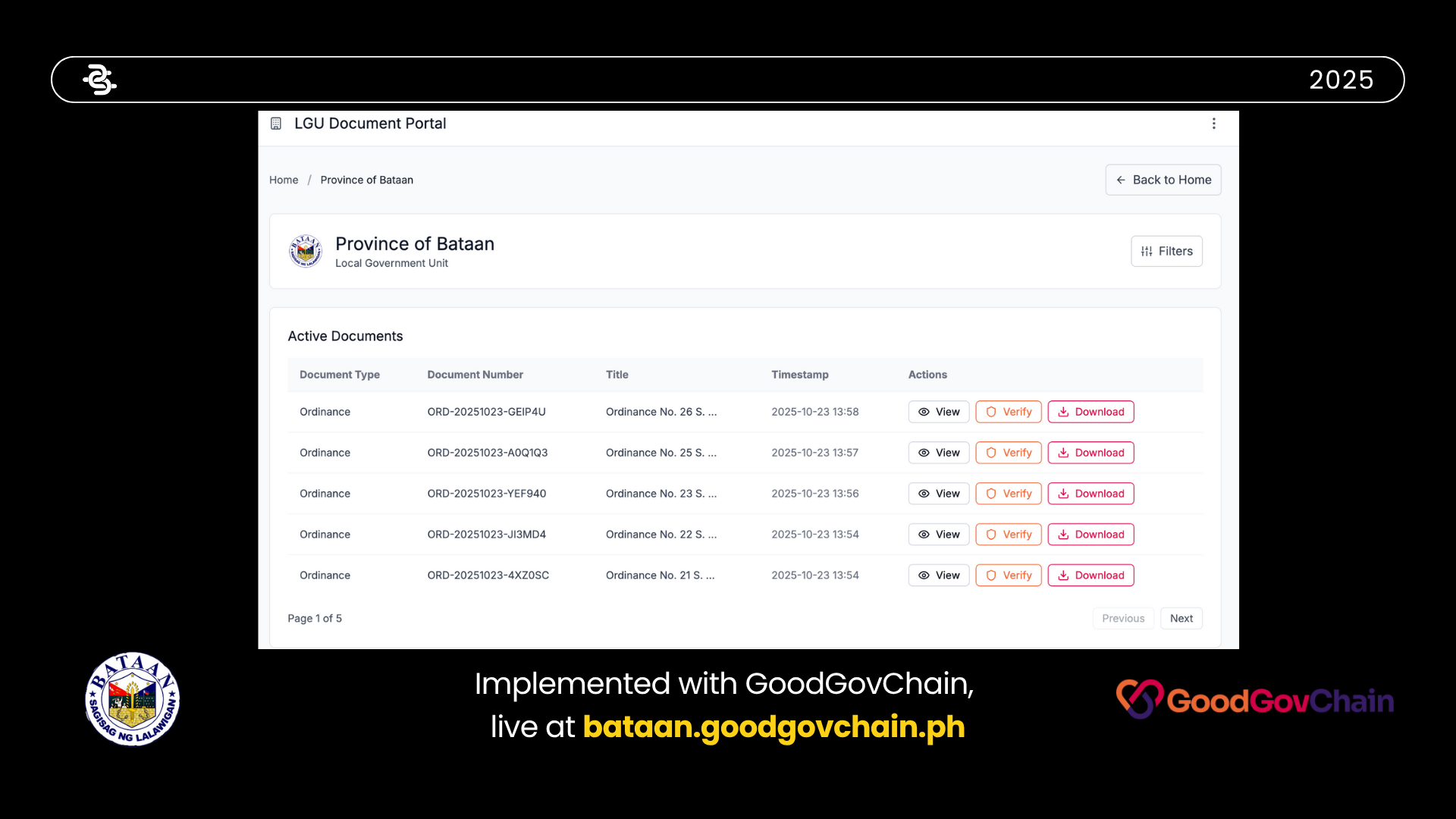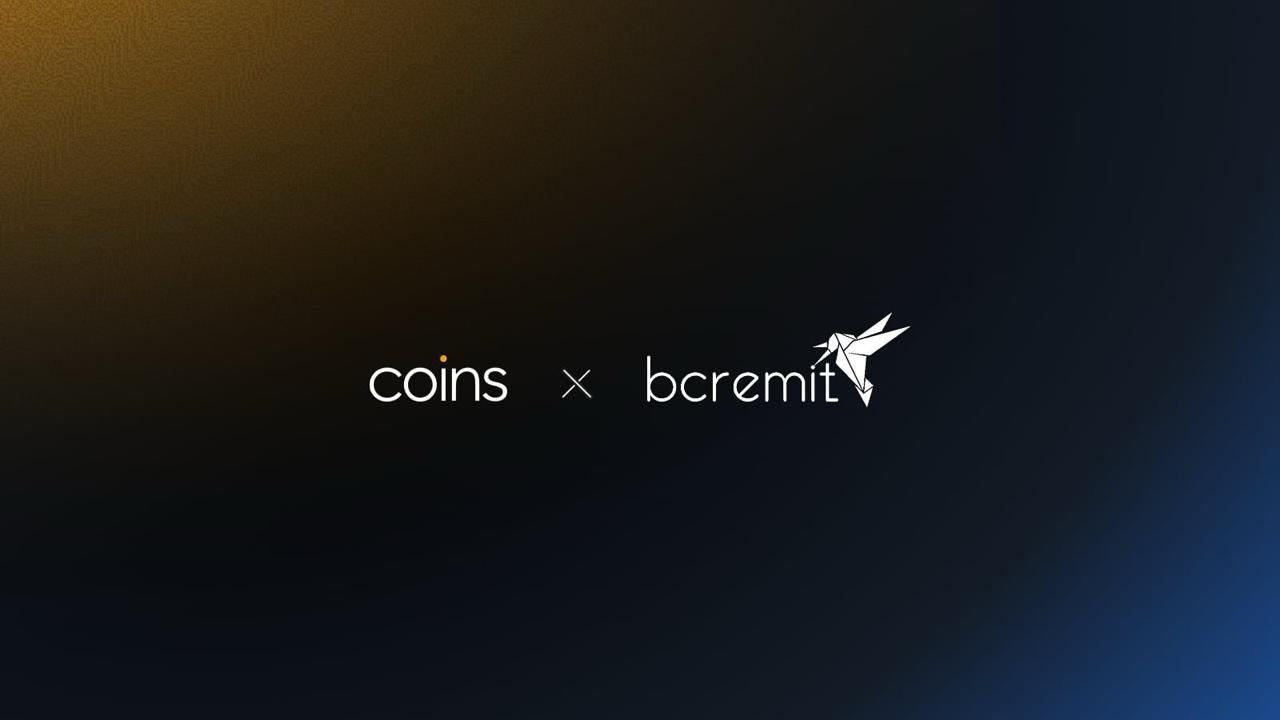Why Time Deposits Don’t Make Sense in 2025
Expectation vs. Reality in Today’s Financial Landscape
For decades, time deposits have been a go-to financial tool for cautious Filipino savers. They promise guaranteed returns, the security of a reputable bank, and the discipline of a fixed term. It’s no wonder they’re still widely promoted by banks and still widely trusted by the public.
But in 2025, with rising inflation, shifting financial habits, and more accessible alternatives, it’s worth asking: Do time deposits still make sense today or are they quietly holding savers back?
Here’s a closer look at how traditional expectations around time deposits compare to their real-world performance in today’s fast-moving financial environment.
“It’s a Safe Place to Grow My Money”
Many savers still see time deposits as a safe harbor. And in fairness, they are: the principal is protected, and the returns are predictable. But in 2025, typical time deposit rates range between 2% to 4%, while inflation hovers around 4.7%. That means even with interest, your money might not keep up with rising prices.
Take Lola Marites, a retired school principal in Cavite, who has rolled over a ₱200,000 time deposit for the last four years. “I’m happy with the interest,” she says. But at her current 3.25% rate, her money’s purchasing power is shrinking each year. Safety without real growth may offer peace of mind, but it doesn’t protect long-term value.
“I Like That It’s Fixed and Predictable”
Time deposits require locking in funds for a set period— typically 6 months to 5 years—and early withdrawals often mean penalties or forfeited interest. In a world where financial needs and opportunities shift quickly, this lack of flexibility can become a burden.
Mark, a freelance photographer in Quezon City, learned this the hard way. He deposited ₱50,000 into a 6-month time deposit, only to find himself unable to access it when a discounted camera lens—crucial to his work—went on sale. “I ended up borrowing from a friend just to grab the deal,” he shared.
“It’s Better Than Letting My Money Sit in a Regular Account”
Time deposits still outperform basic savings accounts in traditional banks, but the financial ecosystem has evolved. Today, digital banks offer 4–6% annual interest —often with no lock-in. Government options like Pag-IBIG MP2 have delivered 6–7% annual returns in recent years, tax-free.
Jen, an OFW in Abu Dhabi, used to split her savings between a local account and time deposits “out of habit.” But after learning about MP2 through a friend, she shifted her strategy. “I feel like I wasted years,” she said. “Now my money’s doing more, and I still have access to it when I need it.”
“It Teaches Me Financial Discipline”
Many Filipinos use time deposits to avoid impulsive spending. The locked-in nature forces a kind of hands-off saving. But with today’s tools, you can build discipline without sacrificing growth or access.
Carlo, a BPO worker in Taguig, sets a recurring auto-debit of ₱2,000 monthly into his MP2 account. “I treat it like a bill. I don’t touch it, and I don’t feel tempted,” he says. The added bonus? “It earns better than any time deposit I’ve ever had.” Financial discipline is still essential but modern tools can do it smarter and better.
So, Do Time Deposits Still Make Sense in 2025?
That depends on what you expect and what you need. After all, time deposits are not scams. They’re not dangerous. In some cases—like for senior citizens who value fixed returns with zero risk, or for those with specific short-term goals—they still serve a purpose.
But for most Filipinos trying to grow their money in a rapidly changing economy, they’re no longer the strongest option. The landscape has evolved. Alternatives are now more accessible, more flexible, and more rewarding, and clinging to old habits may quietly cost more than you think.
In the end, maybe the question isn’t whether time deposits are bad. It’s whether they’re still the best choice for the life you’re trying to build.
.svg)


.svg) SHARE TO FACEBOOK
SHARE TO FACEBOOK SHARE TO TWITTER/X
SHARE TO TWITTER/X SHARE TO LINKEDIN
SHARE TO LINKEDIN SEND TO MAIL
SEND TO MAIL



.svg)


.svg)